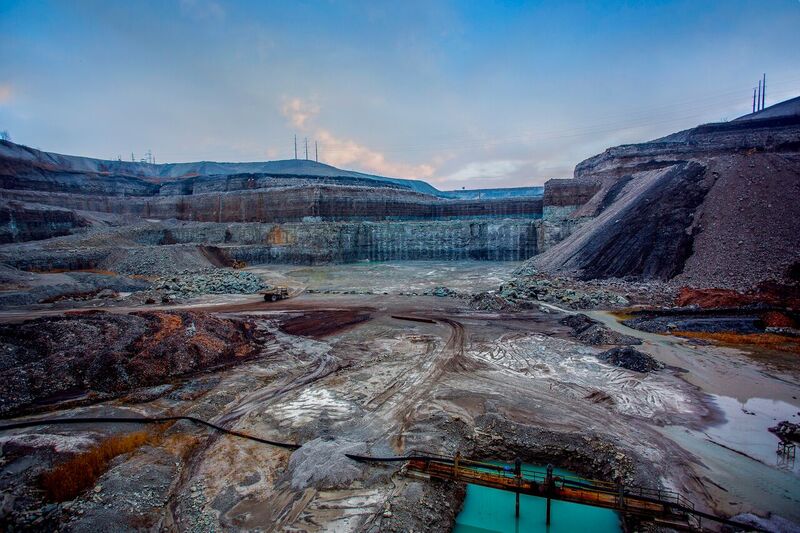What are Aggregates?
Aggregates are simply any collection of rocks.
In the aggregates industry, these rocks are classified as crushed stone, sand, gravel, and slag.
We use aggregates every day.
Streets, bridges, roads and, sidewalks are made of concrete or asphalt which is mostly made up of aggregates combined with a binder that acts like glue. Concrete is used in foundations and basements for houses. Other buildings sometimes use concrete throughout their structures.
But did you know that many items you use every day have aggregates in them? Your toothpaste has aggregates in it. Glass is made from sand, which is an aggregate. Minerals and aggregates are in plates, dishes, pots and pans, baby powder, household cleaners, makeup, medicines, paints, pencils, fertilizers, wallboard, and more including some of the foods you eat!
How many times have you heard that your cereal, for instance, is fortified with vitamins and minerals?
Any object that hasn’t been grown had to be mined! Aggregates, minerals, and metals all come from the ground. You can look at objects all around you and know which were grown and which were mined. If it is metal, it was mined. If it is wood, it was grown. If it is cotton or wool, it was grown. Paper comes from trees, which are grown. Pencils are grown and mined because wood is grown and graphite is mined. The ink on this paper came from mining. But what about plastic? Is it grown or mined? Plastic comes from petroleum products, which are mined.
We use aggregates every day.
Streets, bridges, roads and, sidewalks are made of concrete or asphalt which is mostly made up of aggregates combined with a binder that acts like glue. Concrete is used in foundations and basements for houses. Other buildings sometimes use concrete throughout their structures.

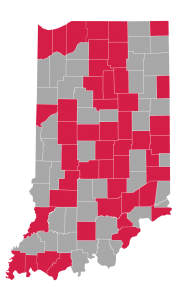
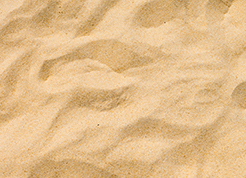

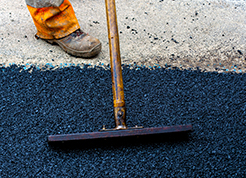
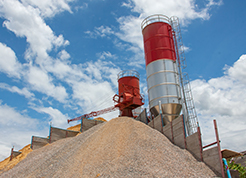
Sand, a finer granular material, also is important in concrete and in making mortar and in snow and ice control. Very fine-grained sand finds use in foundries to make molds. It is also used in sandblasting, glass-making, or even as golf-course sand.
Looking for companies that produce SAND in Indiana? Find them in our Member Directory.
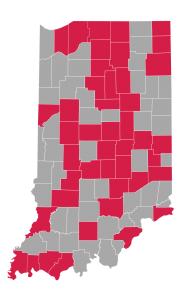
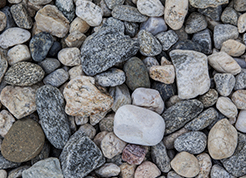
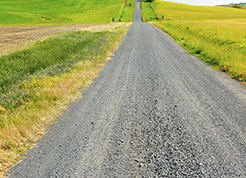
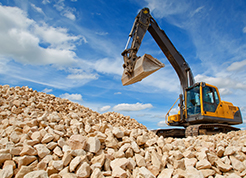
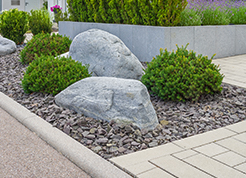
Gravel is loose rock that is often rounded in shape from being worn by water at some point. Gravel can be used alone as fill, for gravel roads, or residential driveways. Gravel can also be used as a component of concrete or asphalt pavement.
Looking for companies that produce GRAVEL in Indiana? Find them in our Member Directory.
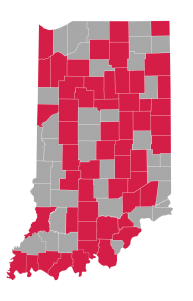
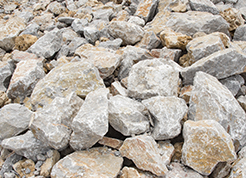

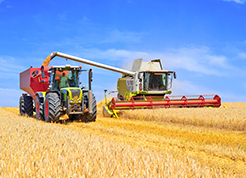
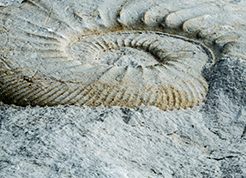
The more widespread and less uniform limestone in Indiana provide for excellent crushed aggregate, cement, chemical raw material, and for limited architectural uses. Aglime is produced by heating crushed stone and is used in agriculture. Check out the Indiana Aglime Council for more information on aglime.
Looking for companies that produce CRUSHED STONE in Indiana? Find them in our Member Directory.

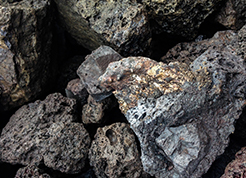
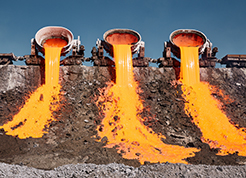
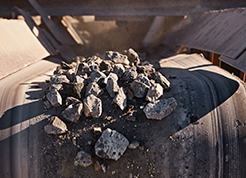

Slag makes an excellent aggregate for certain types of road construction. For example, slag is used as the surface material at the Indianapolis Motor Speedway because its angular, sharp texture creates excellent traction and skid resistance.
Looking for companies that produce SLAG in Indiana? Find them in our Member Directory.
Want to learn more about Indiana’s mineral resources?
Check out the Indiana Indiana Geological & Water Survey.


